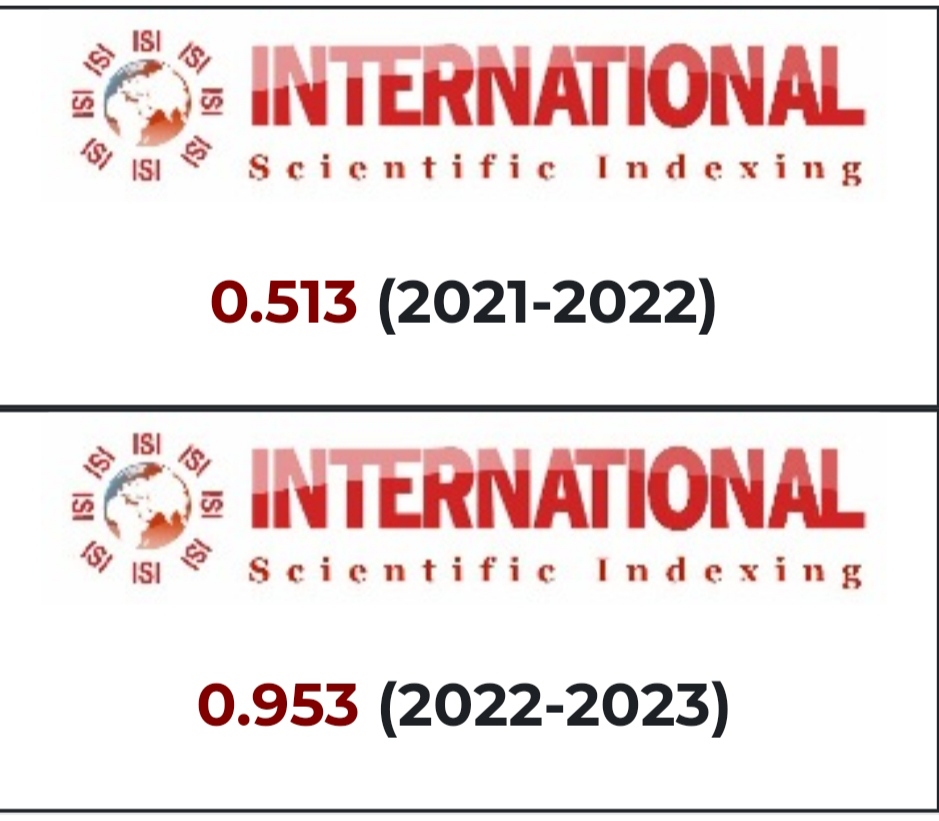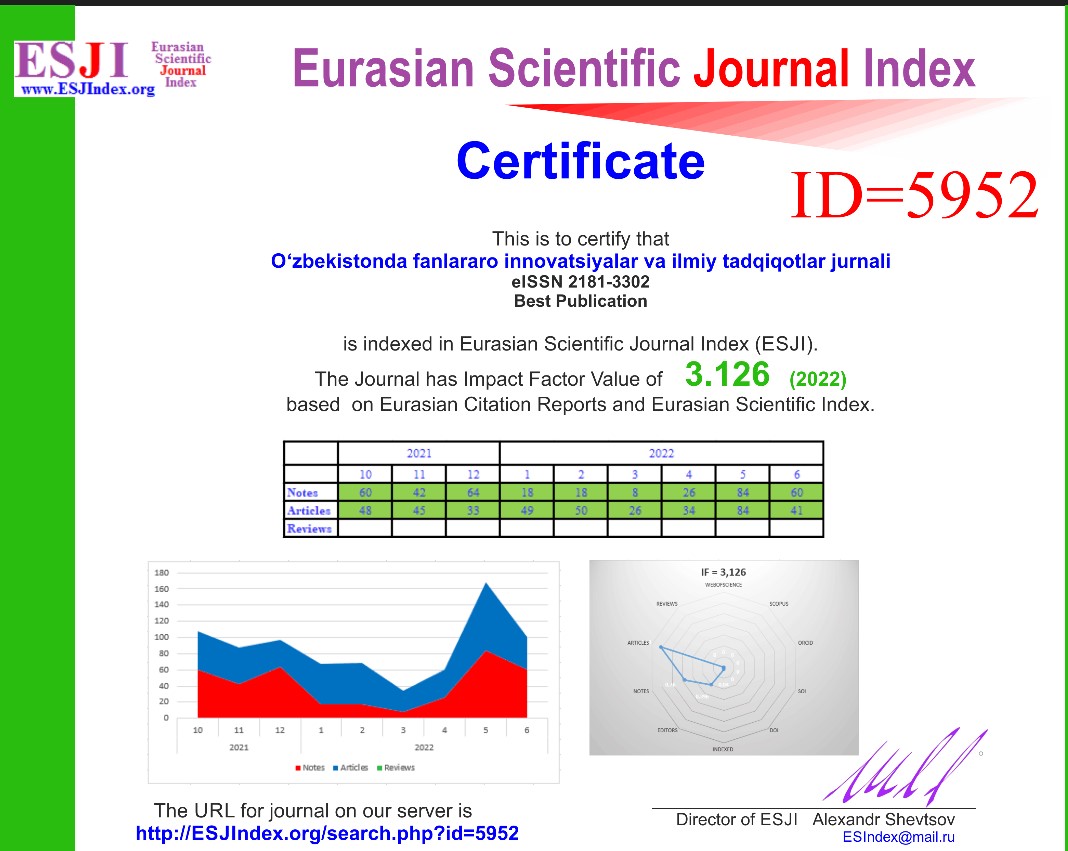PHONOLOGICAL FEATURES OF THE UZBEK LANGUAGE
Keywords:
Synharmonism, assimilation, metathesis, phonetic adaptation, elision, apheresis, syneresis, dissimilation, fusion, accommodation, apocopa.Abstract
Learning the Uzbek language has become a trend among young people, and more and more young people are showing a strong interest in foreign languages. It is difficult to estimate exactly how much each part of everyday human communication is involved. But most people believe that in terms of understanding, reading and listening can achieve more communication than listening. Much more communication can be achieved compared to writing. The most important thing in learning a language is pronunciation. Only correct and fluent pronunciation ensures good communication with each other. Nowadays, the network information age makes it easier for people to learn a foreign language through the network. However, the uneven quality of foreign language teaching videos on the net poses a major problem for foreign language teaching.
The purpose of this study is to compare and analyze the features of phonological letter changes between foreign and Uzbek languages, and to study similarities and differences between Uzbek learners of a foreign language and foreign Uzbek learners. Is to help you understand Uzbek words.
References
Trubetskoy N. M., Osnovi phonologii, trans. S nem., M., 1960;
Zin der L. R., Obshaya phonetics, L., 1960;
Polivanov Ye. D., Stati po obshemu yazikoznaniyu, M., 1968;
Reformatsky A. A., Iz istorii otechestvennoy phonologii, M., 1970;
Baskakov N. A., Sodikov A. S, Abduazizov A. A., General Linguistics, T., 1979,
Nurmonov A.N., Phonology and morphonology of the Uzbek language, T., 1990;
Abduazizov A. A., Phonology and morphonology of the











